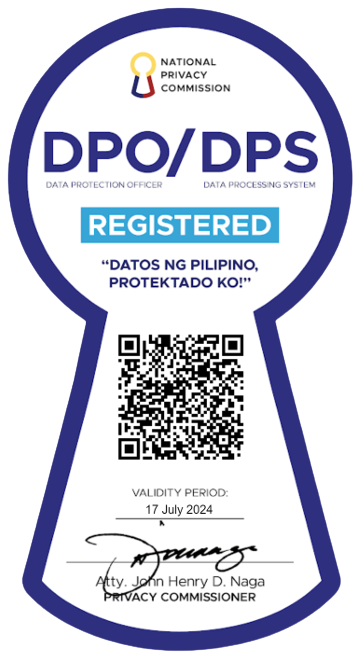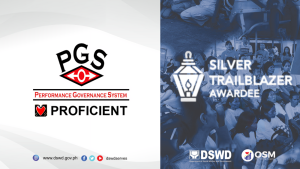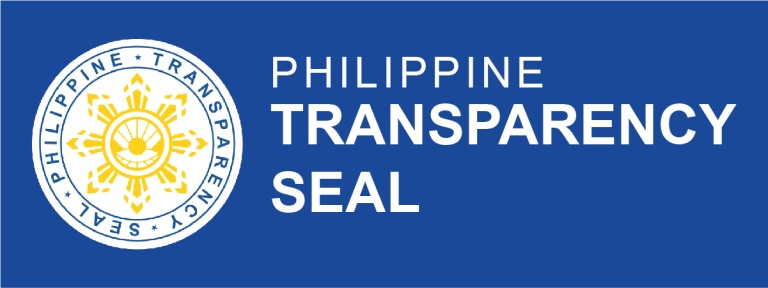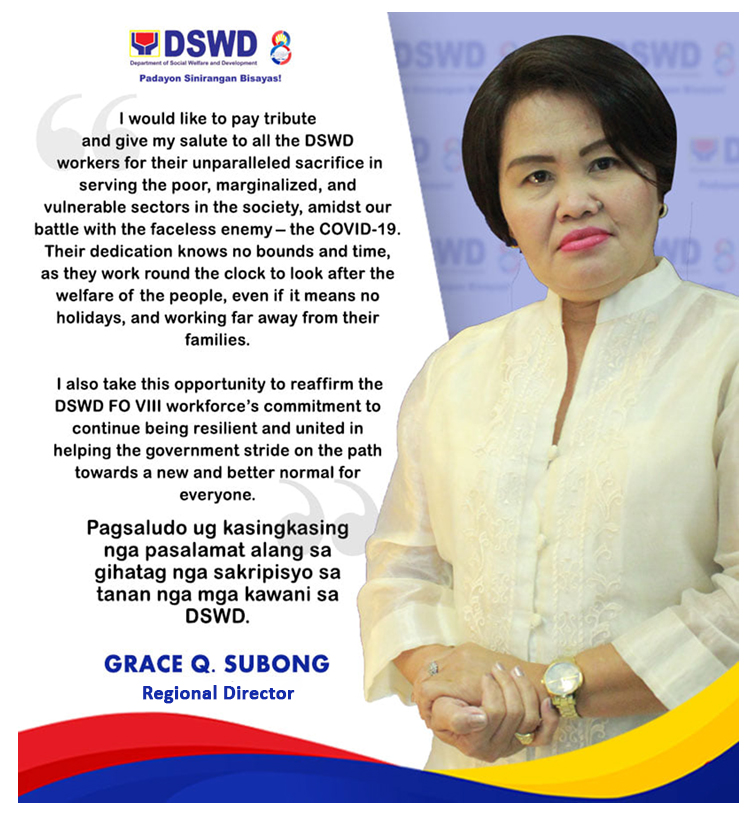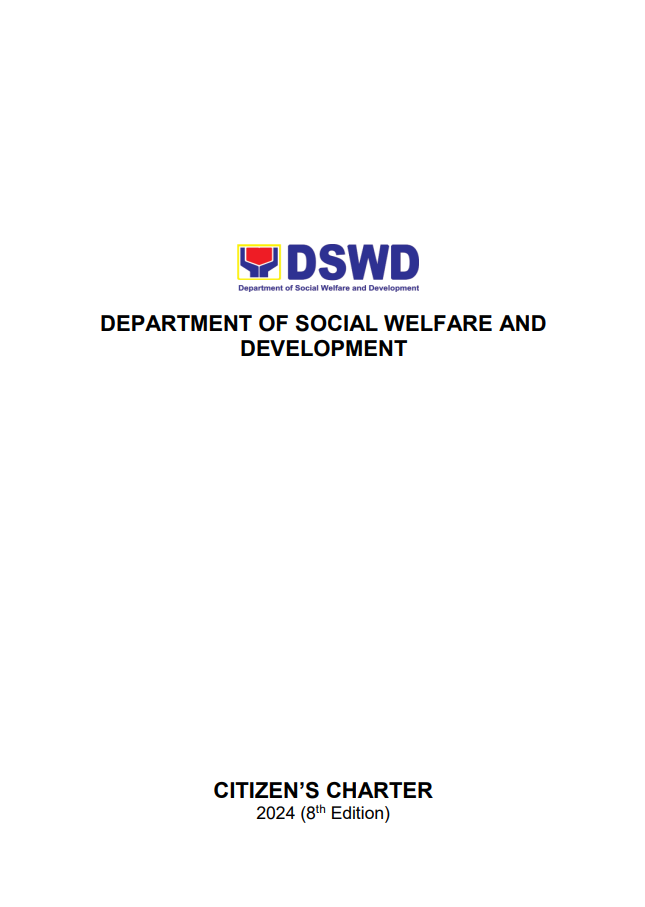Buaya was right by the sea, which meant that it was at constant threat of being overcome by waves, as with other island-barangays. In fact, in order to reach the community, travellers need to take a one-hour boat ride from the poblacion and bravely cross the Pacific Ocean to get to the village. Buaya also had two rivers that rose treacherously during bad weather, causing flooding to different areas in the barangay.
These circumstances are bad enough on their own for Buaya, but add Typhoon Yolanda (international name: Haiyan) to the mix and you have a recipe for disaster.
Things could have turned out horribly for this small island-barangay of Abuyog, Leyte, but the perseverance and dedication of a ragtag group of residents, with support from the Department of Social Welfare and Development’s (DSWD’s) Kapit-Bisig Laban sa Kahirapan-Comprehensive and Integrated Delivery of Social Services (Kalahi-CIDSS), proved that they could beat the odds and rise from the difficult situation they are faced with, even with a challenge as big as Yolanda.
Eleventh hour
Maria Concepcion Abina, otherwise known as Inday, shared that on the eve of Yolanda on November 7, she and the other volunteers were busy working on their 150 linear-meter flood control sub-project from Kalahi-CIDSS to do what they can to keep their village safe from Yolanda, which has since been described as the strongest typhoon to occur.
“Gabi na kami nahuman, mga alas-ocho [We finished late, around 8 p.m.]”, said Inday.
The reason for ending work late: their drive to secure what they dubbed as the “danger” zone, the point where the two rivers in the barangay met and the area which they anticipated as the main source of danger once Yolanda hits.
According to the residents, it was not just the flooding that was the problem: once these overflow, both rivers meld to produce an onslaught of rushing waters, with a current strong enough to drag people away. This not only made the residents fear for their lives, they especially feared for their children as well.
Inday, a mother of two, described their sleepless nights during bad weather, saying, “Dati hindi kami nakakatulog ‘pag umuulan, kasi may posibilidad na kailangan mag-evacuate [In the past, we could not rest easy when it rains, because there was always the possibility that we will need to evacuate]”.
Their fear, fuelled by their determination, drove them to work hard to secure the danger zone. At the same time, they secured the materials they still have for the construction of the remaining works to ensure that these would not get washed out during Yolanda. They knew that should these get washed out, they may end up losing the chance they were given to protect themselves from the rivers.
Still, even with the care and their efforts, they felt fear, because they knew how strong the currents could get, and how Yolanda is expected to be like.
Julie Pasaral, 43, a Kalahi-CIDSS volunteer, admitted, “Nung una natakot kami na umapaw ang tubig mula sa dike nung Yolanda, pero sa awa ng Diyos hindi naman [at first, we were afraid that the rivers would overflow during Yolanda, but with God’s mercy, it did not]”.
What was surprising was that their sub-project was able to withstand the wrath of Yolanda, even if the area in the danger zone was constructed only the night before. Even more surprising was how the community reacted after the storm.
Without even talking amongst themselves, all the Kalahi-CIDSS volunteers went to the project site on November 9, just the day after Typhoon Yolanda hit the country, and went back to work.
When asked why this was the case, Inday smiled and said, “Sa barangay na ito, madami ang makakabenepisyo [A lot of people in the barangay will be able to benefit from this]”.
“Hindi lang isa o dalawang tao ang matutulungan mo [You will not just help one or two persons]”, said Julie.
The reasoning of the volunteers was clear, because all 226 households within the barangay, 70 of whom are part of the Pantawid Pamilyang Pilipino Program of the DSWD, are beneficiaries of the flood control sub-project. In fact, the impact of Yolanda made them realize just exactly how much they needed to finish their sub-project, which is why they gathered together to work on this.
The community understood the principle of Kalahi-CIDSS, which is getting people to work together for the good of their community, so well that it set up a system wherein each household would send a representative to help out in the construction of the flood control sub-project to ensure fairness. As a result, everyone in the community now has a personal stake in ensuring that the sub-project will be well taken care of.
In describing the program, Julie said, “Ang Kalahi-CIDSS ay pagtulong sa mga mahihirap. Nag-e-empower sa mamamayan [Kalahi-CIDSS helps the poor. It empowers the citizens].”
She herself described her own experience. “Na-empower talaga ako [I was really empowered]”, she said. She continued, “Akala ko hindi ko kayang humarap sa tao. Kaya pala. Kaya pala ng tao na gawin ang mga bagay, basta interesado at gustong matuto [I did not think I would be able to face a lot of people, but I did it. People can do a lot of things as long as they are interested and want to learn]”.
She added, “Dati lagi kami nasa tabi-tabi lang. Ngayon, may idea na kami sa pagiging foreman, sa engineering [In the past, we citizens were just on the sidelines. Now, we know what it is like to be a foreman, to be an engineer]”, describing how Kalahi-CIDSS trains its volunteers in various aspects of project implementation, including the construction of infrastructure sub-projects.
Through Kalahi-CIDSS, these women, as well as the other residents of Barangay Buaya, not only gained self-confidence and knowledge, they now also have peace of mind, brought by the installation of the flood control sub-project.
With a smile on her face, Inday said, “Ngayon kahit mag-ulan magdamagan okay na matulog kami [Now, we can sleep tight even if it rains throughout the night].”


